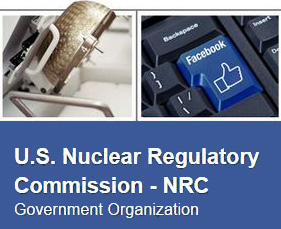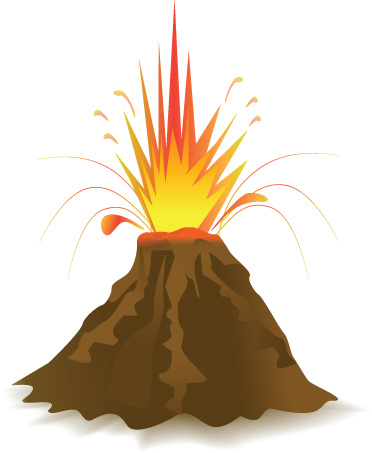A Bit of NRC Myth Busting — Part I
Posted by on May 10, 2016
Acting Public Affairs Officer
 We’ve taken a few of the interesting comments we’ve received on our Facebook page and posed them to our experts for their take on the question, suggestion or assertion. Here are their responses.
We’ve taken a few of the interesting comments we’ve received on our Facebook page and posed them to our experts for their take on the question, suggestion or assertion. Here are their responses.One Facebook user suggested that nuclear waste could be “encased in thick high strength concrete, then dropped into a churning volcano. It would sink into the magma and over a time it would disperse.” (We took the liberty of cleaning up the typos.)
Spent fuel must be handled and stored with care due to its radioactivity. The only way radioactive waste becomes harmless is through decay, which can take hundreds of thousands of years. As a result, the waste must be stored and disposed of in a way that provides protection to the public for a very long time.
 Dropping
spent fuel into an active volcano would run counter to this idea.
Radioactive material could be released into the atmosphere, causing a
hazard to people and the environment.
Dropping
spent fuel into an active volcano would run counter to this idea.
Radioactive material could be released into the atmosphere, causing a
hazard to people and the environment.Another Facebook user, on our post about renewing licenses for nuclear power plants beyond the original license renewal, wrote this: “Beyond 60 years
Contrary to what Hollywood often presents in television and movies, U.S. nuclear reactors are designed with numerous safety features, including containment buildings that continue to protect people and the environment. The nuclear fuel can’t explode, and many reinforcing safety systems would prevent or control the buildup of flammable gases during an accident.
NRC inspectors spend more than 6,000 hours (on average) performing inspection-related activities at each reactor site. In addition, the NRC has a robust aging management program to ensure that the country’s oldest reactors continue to operate safely. Keep in mind that regardless of the age of any reactor, the NRC has authority to address safety issues at any time.
Another Facebook commenter had concerns about the current dry cask storage system. He writes: “All that nuclear waste is being stored in the ground in what is supposed to be 5000 year containers, what if an earthquake hit the storage facility?”
All nuclear waste storage containers, known as “casks,” that are used to store spent fuel in the United States undergo a thorough safety review by the NRC before they’re certified for use. All casks licensed by the NRC must demonstrate their ability to withstand earthquakes and other natural hazards. Once the casks are put into use, they’re continuously monitored for leaks and periodically inspected by the NRC.
Come back tomorrow for Part II!

No comments:
Post a Comment